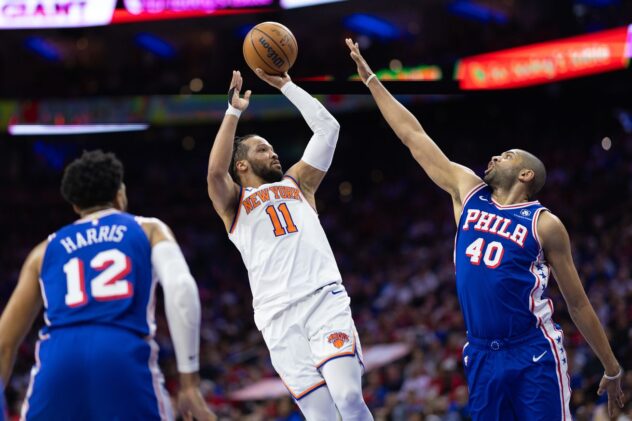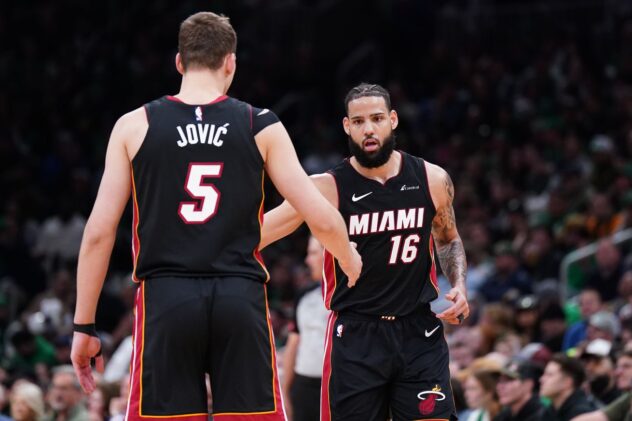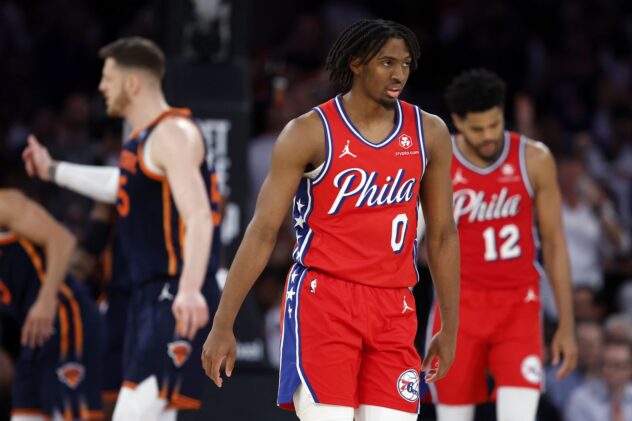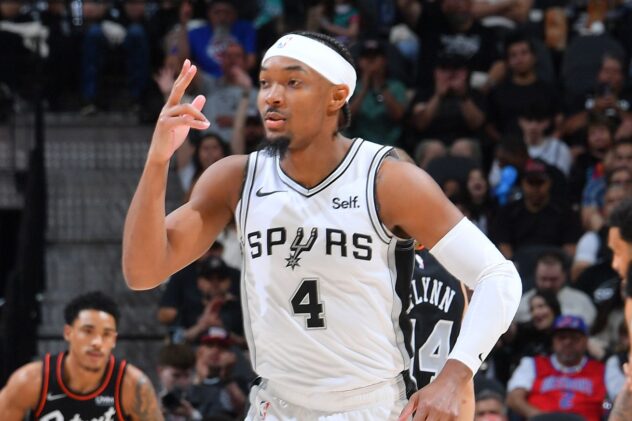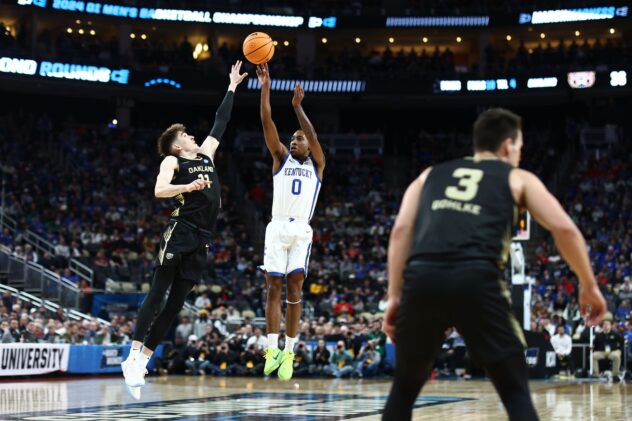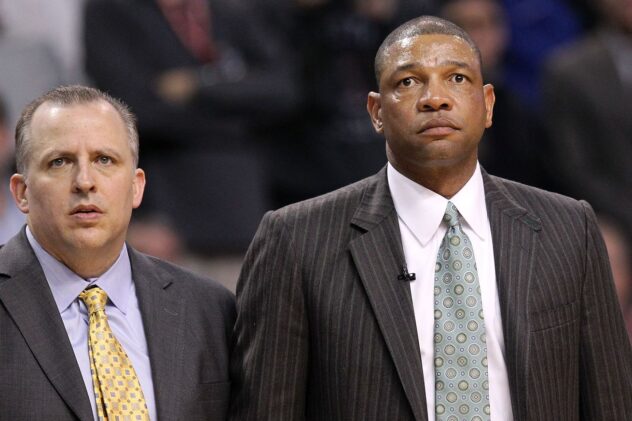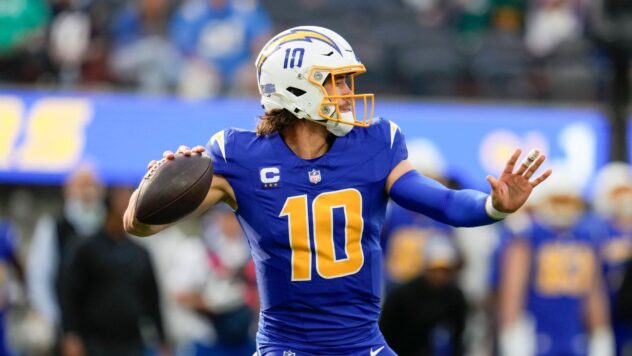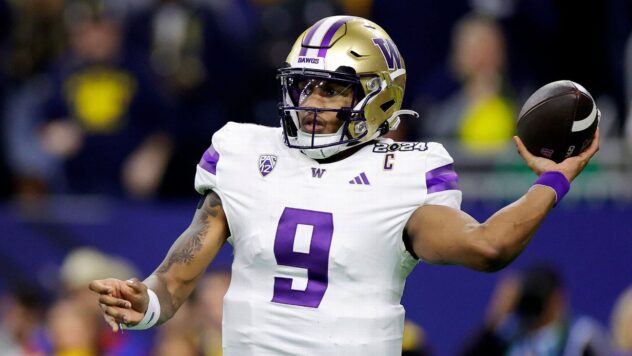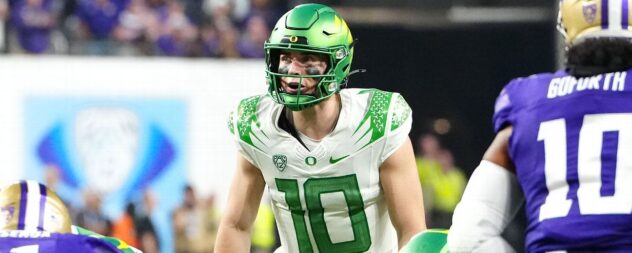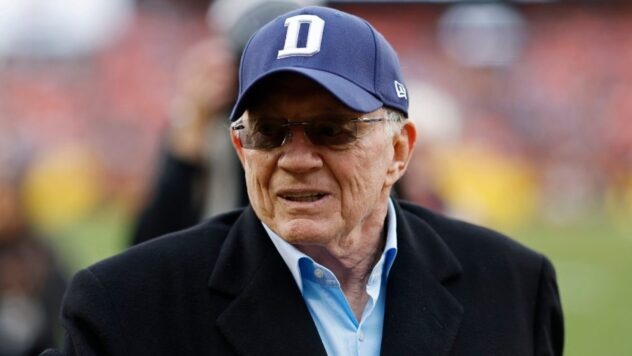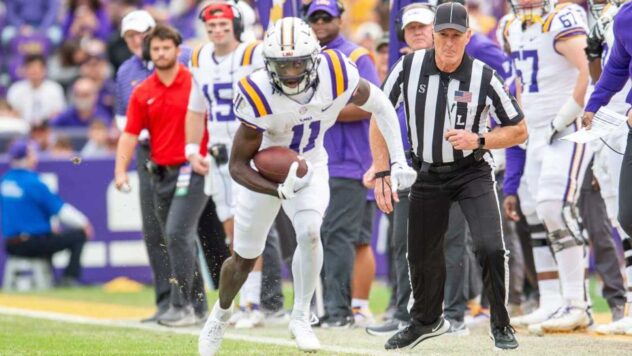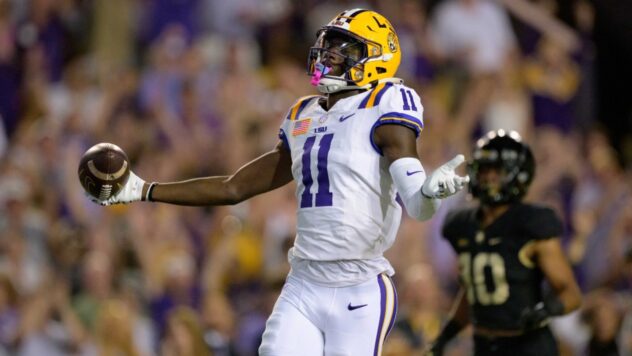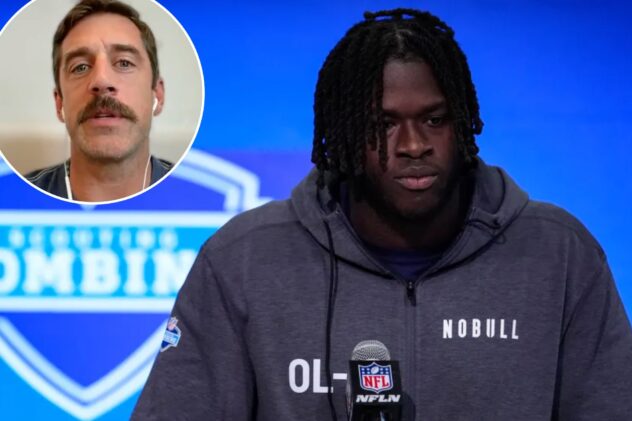Examining Dejounte Murray’s Contract Extension at the Midseason
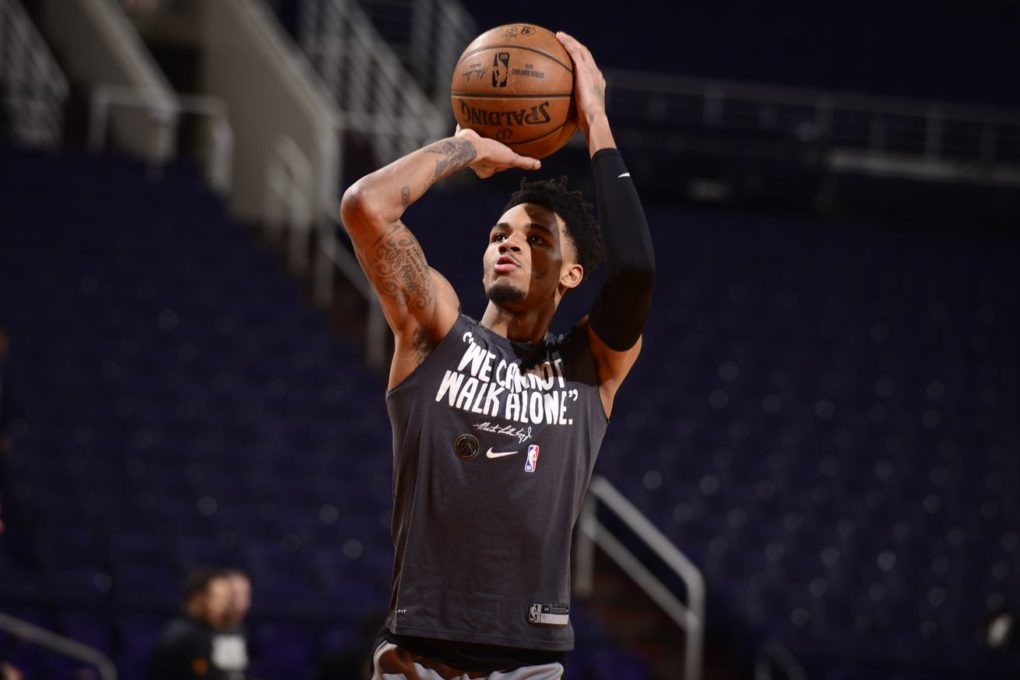
Photo by Barry Gossage/NBAE via Getty Images
How has the fourth-year pro fared among the fellow point guards in his salary cohort?
Last Summer, Dejounte Murray agreed to a four-year $64M contract extension with the San Antonio Spurs that will kick in beginning next season, effectively making him the point guard of the future for this proud organization. After missing the entirety of his third year rehabbing a gruesome preseason ACL injury, the lanky floor general garnered league-wide hype for a breakout campaign.
The Silver and Black were coming off a seven-game first-round playoff exit at the hands of the Denver Nuggets, and with most of their roster returning, it felt like San Antonio was on track to build upon their momentum. Derrick White was one of the breakout stars of the 2019 postseason, the LaMarcus Aldridge/DeMar DeRozan experiment panned out to a fair degree in year one, and the addition of Dejounte filled a dire need for more perimeter defense.
It was easy to assume PATFO secured the face of their franchise for a bargain when San Antonio started the season 4-1 with Murray posting impressive numbers in limited minutes. Since then, the Spurs have slipped to 18-23, and the timeshare at point guard has only grown more equitable between Patty Mills (23.4 MPG), Derrick (23.4 MPG), and Dejounte (24.1 MPG).
Explaining the lack of playing time was simple when the Seattle native was on a minutes restriction to begin the season, but he’s seen an increase of just 4.1 minutes per game following the team-imposed limitation. With that in mind, has the 23-year-old lived up to the expectations of an increased salary? Or does he have a ways to go before he justifies the pay day?
To examine his effectiveness, we should first get a good understanding of Dejounte’s statistical impact in the context of NBA point guards within a reasonable range of his income (~$10M-$18M). That group includes 16 players making or set to make the above earnings between the 2019-2020 and 2020-2021 seasons. Though I won’t name them right now, you can find the complete list here.
Scoring
There are many metrics to measure how well a player scores the ball, and Murray (48.9%) only trails former Spur George Hill (54.5%) in field goal percentage. While he’s among the most efficient guards at getting buckets, he’s far from the most prolific or dynamic point-getter.
Dejounte ranks 9th in points per game, 11th in three-point percentage, and 15th in three-point attempts per game. Though the Spurs have plenty of other options, their starting point guard hardly registers as an off-ball threat.
He may be good for a putback slam every so often, but Murray offers little as a spot-up long-distance shooter. That being said, his retooled midrange jumper and newfound finishing ability have expanded his offensive repertoire.
A short sequence I liked from Dejounte here. Makes himself space off the screen to get the midrange. He then instantly gets back on defense and stays on Bledsoe this whole time. Giannis does get the ball eventually and makes the bucket, but good play by Dejounte on both sides pic.twitter.com/UBwQ36Houk
— Ty Jäger (@TyJagerRadio) January 7, 2020
With Spencer Dinwiddie (21.8 PPG) and Dennis Schröder (18.2 PPG) leading the crowd, the spindly one-guard likely wouldn’t be anyone’s first choice if forced to pick a primary scorer from this collection. However, Dejounte rarely operates outside of his comfort zone, and fans seldom find themselves frustrated with his shot selection.
At 23-years-old, Murray probably hasn’t scratched the surface of his potential, and if NBA experts are right about his ceiling, he could one day be San Antonio’s first homegrown All-Star since Kawhi Leonard. Lonzo Ball (22) and Markelle Fultz (21) are considered by many to be the more intriguing prospects, but the top two picks from the 2017 Draft have bounced around to multiple teams amid questions surrounding their fit.
Distributing
Much like we saw with scoring, Dejounte doesn’t distinguish himself from the pack when it comes to dropping dimes. In fact, his 4.1 assists per game are good for 8th place, landing him a tenth of a percentage point ahead of Patrick Beverley (4.0 APG) on the cohort leaderboard.
Distributing the rock has never Murray’s strong suit, but his ability to find an open teammate is one of the underrated facets of his game. Despite what his sub 2:1 assist-to-turnover ratio suggests, his court vision and decision making have improved drastically during his time in San Antonio.
DeJounte Murray with the behind the back pass to DeMar DeRozan on the fast break for the DUNK! #GoSpursGo pic.twitter.com/coGYSarYqg
— Joe Garcia (@twoshotspodcast) October 29, 2019
The former Washington Husky will never flirt with league-leading assist numbers like Ricky Rubio (9.4 APG), and he doesn’t have to if he wants to become a prominent point guard. Assist opportunities will rise when the Spurs finally hand him the keys to the offense, and mistakes will dwindle with added patience and learning experiences.
Defending
Dejounte didn’t particularly stand out in the first two categories, but exploring the opposite end of the floor gives him a true chance to shine. He’s the youngest All-Defensive Team selection in NBA history, and one of the premier perimeter defenders in the association.
While the aforementioned statement applies to Murray, the same rings true for Marcus Smart, Eric Bledsoe, and Patrick Beverley. Each player belongs to the 16-man assemblage we established earlier, and each player has one more All-Defensive First Team nomination than Spurs stopper.
Although he may lack accolades, Dejounte is the youngest in that quartet of all-world defenders, and it’s hard to imagine he won’t reach first-team status at some point in his career. If it weren’t for San Antonio’s poor team defense this season, there’s a chance we’d be hearing first-team rumblings right now.
His 1.6 steals per game are tied for the group-lead with Marcus Smart, but what sets Murray apart is his ability to disrupt the passing lanes with his ridiculous seven-foot wingspan. All that length has allowed him to become the lone player in the league with at least 120 deflections in fewer than 900 minutes played this season.
Long limbs aren’t the only reason it’s so difficult to get the best of the wiry guard. His motor runs high, his footwork’s a thing of beauty, and his suffocating intensity can frustrate even the best of ballhandlers. You can argue Dejounte has taken a step back this year, but I’d contend that has more to do with the four guys he most frequently shares the floor with.
Value
I could delve into intangibles such as leadership and clutchness, but considering we’re evaluating material quantities like statistics and contracts, I think it’s more appropriate I leave you on a different note. Plus, reviewing hours of film and soundbites from players on teams I don’t cover seems like a task unworthy of our time.
For the sake of simplicity, let’s quickly break down the pros and cons of Dejounte and take a look at a few new numbers. Defense, rebounding, and mid-range shooting are the fields he excels in comparison to his peers. Turnovers, three-point shooting, and offensive consistency are his greatest flaws.
When you factor in Player Efficiency Rating, a figure gathered by the sum of the contributions of a single participant, Murray jumps off the screen. His 17.1 PER ranks fourth in this talented assortment of athletes, and 17th among all qualified point guards, ahead of established stars like Jamal Murray and Mike Conley.
At the end of the day, his contract extension doesn’t kick in until the start of next season, which makes his productivity on a $2.3M salary an undeniable steal. Even with dollar amounts set to increase next year, Dejounte has proven he can more than hold his own with players of similar price tags, and that’s great news for the San Antonio Spurs.
Examining Dejounte Murray’s Contract Extension at the Midseason
Examining Dejounte Murray’s Contract Extension at the Midseason

